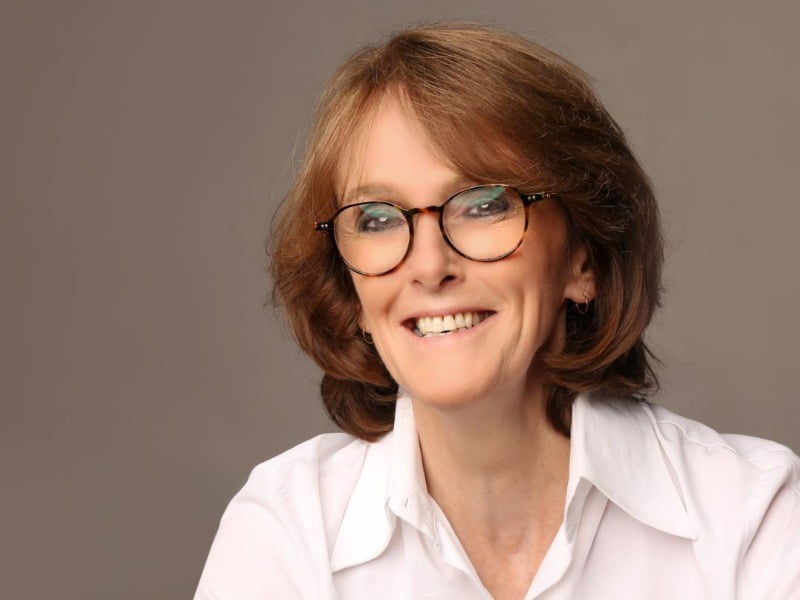Achieving gender parity in senior STEM leadership positions in Australia will take more than 150 years at the current pace, according to Australia’s chief scientist Dr Cathy Foley, who has challenged sector leaders to accelerate the pace of progress.
Dr Foley led a virtual roundtable of leaders in Australia’s Science, Technology, Engineering and Mathematics (STEM) sectors on Monday, to kick off an impact accelerator hosted by Paddl, Western Sydney University and InnovationAus.
Australia’s Chief Scientist began with sobering data on women in STEM being underrepresented in workforce participation and compensation while facing a range of cultural and social biases.
“This is something I’ve been considering for the last 40 years or so. And the progress has been glacial,” Dr Foley said.

While there is growing awareness of STEM diversity and the wider benefits of it, Dr Foley said there is still a need for a deeper culture shift.
“We tend to be harsher in our evaluation of women,” Dr Foley said.
In one example, Dr Foley cited a Nature journal study of grant applications that showed for women to get the same competency score as men, they had to be two and a half times more productive.
Another study of CVs showed the documents were judged differently based on whether the applicants name was that of a male or female.
“They found that for the same CV, just changing the gender, that there was a different score [for] competency, ‘hirability’ and mentoring, just depending on whether your thought it was male or female,” Dr Foley explained.
“And this impacted salaries by a significant amount.”
In Australia, data shows STEM workforce participation remains a challenge despite improving rates of university graduation.
In vocational education women account for only a small share of those completing STEM training courses. In Australian universities, 60 per cent of STEM graduates are female, but many are steering away from physical sciences and IT – where many of the next wave of jobs are expected to be, according to Dr Foley.
Along with cultural and social barriers this means male STEM graduates are 1.8 times more likely than female STEM graduates to be working in a STEM qualified occupation five years are graduating, she said.
Even with a STEM career, women face disproportionate barriers including when they take a break to raise children.
Dr Foley cited research showing women who took career breaks are more likely to be earning less than those who did not when they re-entered the STEM workforce.
“Men almost never took career brakes for a child, and when they did, they didn’t seem to suffer this financial penalty, according to this study,” she said.
Women also leave the wider workforce earlier than men, often around the age of 50, a period when women’s career progression often accelerates, Dr Foley said.
“I’ve had so many women point this out, and I’ve seen it over and over again. And yet most women don’t hang in there. And we’re seeing too many women leaving the workforce too early,” she said.
Women also typically “earn a hell of a lot less” than men for the same work over their lifetime and face additional challenges like an extra day per week of housework on average, Dr Foley said.
Australia’s chief scientist said the problem is felt widely but is particularly troubling in the STEM area and is holding scientific progress back.
In a typical example of a STEM organisation offered by Dr Foley, employment might be a 70-30 split of men and women. This means the least skilled male employees would likely be less competent than potential female employees.
“If that job happened and [instead] employed and 50 per cent women and 50 per cent men, you would have replaced the least intelligent men with women who are quite intelligent, which means the cut off for joining the team is higher [and] the team is working better overall,” Dr Foley said.
“It means equality [and] diversity aren’t just issues of fairness. They also allow us to make sure we take the full human potential.”
The event ended with STEM leaders sharing several ideas and commitments on how to address the challenges faced by women in STEM, and pledged to make 2021 the year of change on the issue.
Dr Foley said the challenge was not to change women but removing the unfair blockers to their success.
“I really like the idea of the glacier becoming an avalanche,” she said.
“And I actually think we are at a bit of a tipping point at the moment. I think post-COVID, or as we move our way out of COVID, the world has seen, and Australia has seen, you can work differently and successfully.”
InnovationAus is the media partner for the Paddl Impact Accelerator Program ‘Achieving Diversity in STEM’ and Western National Innovation Games.
Do you know more? Contact James Riley via Email.


Many of my daughter’s female university friends have started STEM courses only to leave after the first year. I worry that they have in some cases chosen their course under peer pressure inculcated through the relentless campaign at school level for women to enter the STEM field. In my daughter’s last school year, there was almost daily pressure in this direction, to the extent that she felt awkward choosing law.
The exception has been those young women undertaking medical degrees. I think the jury is still out on whether we should be pushing young women away from caring professions and into STEM ones. We don’t push men away from engineering degrees and into female dominated professions like law or medicine or teaching.
There are however some very concerning statistics in this article regarding the harder road for women in the scientific publishing field.